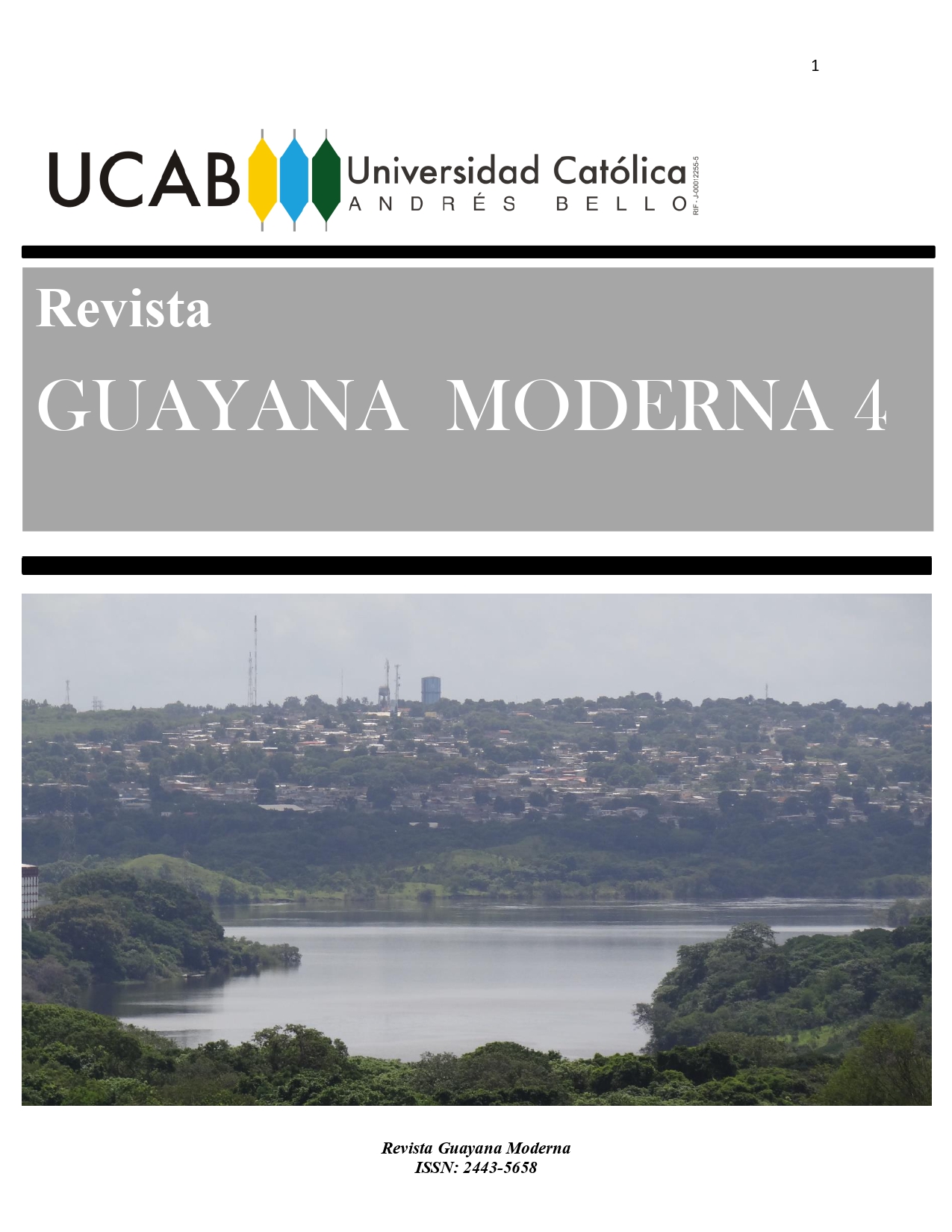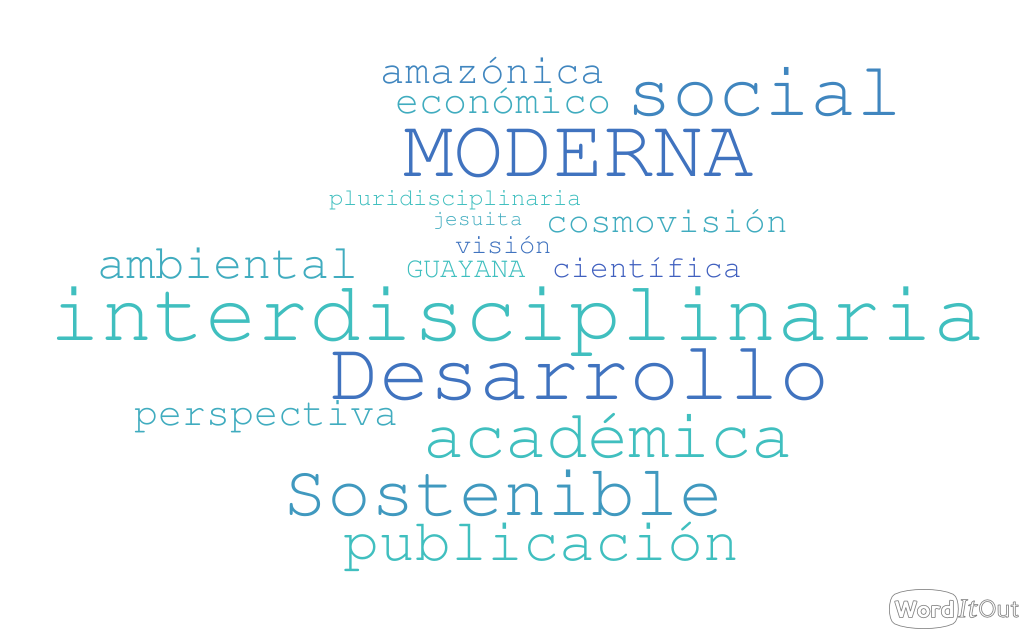DEVELOPMENT OF A ROBOTIC PROTOTYPE SELF-EMPLOYED ABLE TO MOW LAWN IN ONE AREA DEFINED PLANE.
DOI:
https://doi.org/10.1234/gm.v4i4.5290Abstract
This article covers the main aspects to consider when developing a robotic agent, taking as a case study the development of an autonomous robotic prototype capable of cutting grass in a defined flat area. This in order to increase national technological development, in addition to promoting the use of technology as a means to avoid deterioration of people's health due to repetitive tasks. The conceptual engineering understood the problem and the approach to the solution using a robotic agent capable of autonomously sweeping the terrain while cutting the lawn, in addition, the different elements necessary for its construction were exposed, as well as the environmental factors that could impact in their performance. Then, we proceeded with the basic engineering where the different elements that make up the prototype were presented through diagrams, as well as the implemented navigation strategy. And finally, the detailed engineering that covered the definitive design of the prototype and its subsequent construction. The final product is an autonomous robotic agent capable of fulfilling the objectives for which it was designed and built, evidencing the success of the procedure used to achieve this end.
Keywords: Robotics, computing, electronics, autonomy, navigation.








